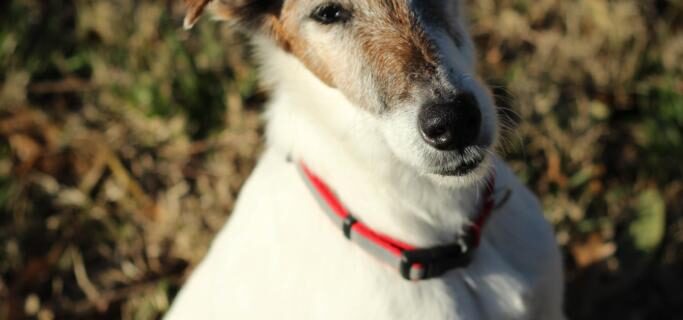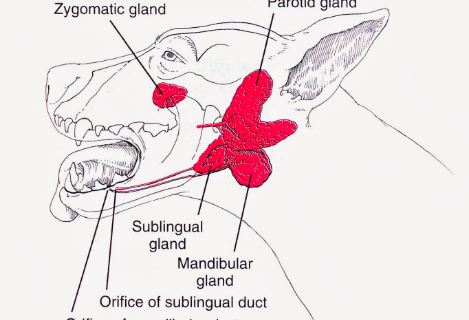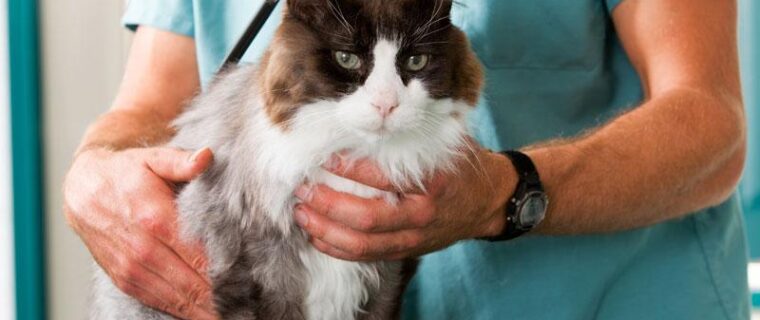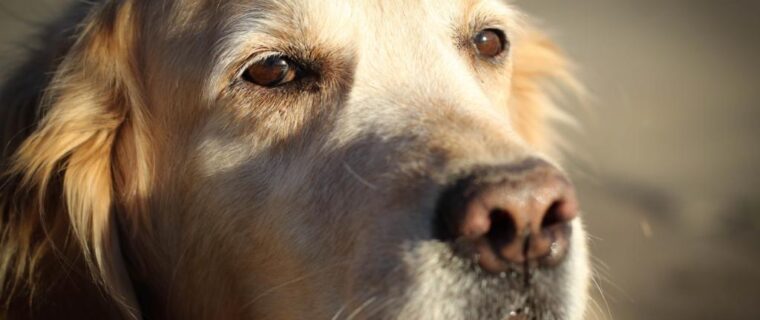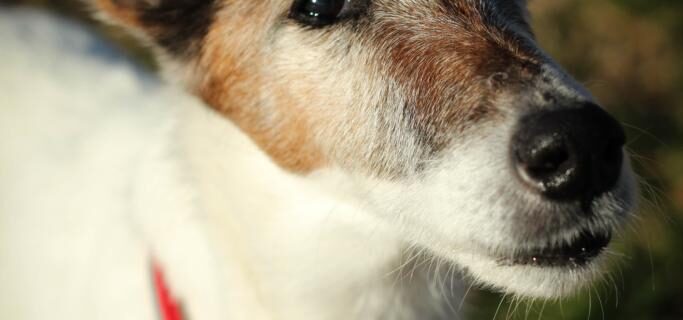Tracheal Collapse
- May, 15, 2018
- DVSC
- Medical Library, Surgery
- Comments Off on Tracheal Collapse
Background Tracheal collapse is a chronic and progressive condition which can become life-threatening. The trachea is a tube-like structure which directs air from the mouth towards the lungs. Normally, this tube is held open by firm rings of cartilage, but with tracheal collapse these cartilage rings become weak. The weakened cartilage begins to sag […]
Read MoreSialocele (Salivary Mucocele)
- May, 03, 2017
- DVSC
- Medical Library, Surgery
- Comments Off on Sialocele (Salivary Mucocele)
Sialocele is defined as the accumulation of saliva in the tissue due to leakage from a salivary gland or salivary duct. This condition is rare and occurs in less than 5/1,000 dogs. The condition is most common in young dogs, 2-4 years of age. It occurs more commonly in German Shepherds and Miniature Poodles. It […]
Read MoreCystotomy and Scrotal Urethrostomy
Cystic calculi, also called bladder stones or uroliths, are commonly seen in both dogs and cats. There are four predominant types of bladder stones: struvite, calcium oxalate, purine, and urate. Between 5-15% of bladder stones are mixed composition. Treatment options and risk factors depend on the type of stone present, therefore each bladder stone is […]
Read MoreUrethral Prolapse
- Nov, 22, 2016
- DVSC
- Medical Library
- Comments Off on Urethral Prolapse
Urethral Prolapse Urethral prolapse is defined as the extrusion of the urethral mucosa through the external urethral orifice of the penis. This condition occurs most commonly in young male dogs that have not been neutered. Brachycephalic breeds (e.g., bulldogs, Boston terriers, pugs) and Yorkshire terriers may be predisposed to urethral prolapse. Although we don’t know […]
Read MoreDiskospondylitis
- Apr, 13, 2016
- DVSC
- Medical Library
- Comments Off on Diskospondylitis
Discospondylitis is an infection of the intervertebral disk and end plates. Hematogenous spread secondary to a pre-existing condition, urinary or skin infections are noted in some cases. Diskospondylitis is commonly seen in young large breed dogs and rarely in cats. The L7-S1 disk is the most common site affected; involvement of multiple sites is common. […]
Read MoreEpidural Analgesia
- Apr, 10, 2016
- DVSC
- Medical Library
- Comments Off on Epidural Analgesia
An epidural injection of an opioid and/or a local anesthetic is most commonly given under anesthesia, immediately prior to abdominal or pelvic limb surgery. Readers are referred to texts for information on specific drugs and dosages. The site for epidural injection is the lumbosacral space in both dogs and cats. The patient is placed in […]
Read MoreFibrocartilaginous Embolus in Schnauzers
- Apr, 05, 2016
- DVSC
- Medical Library
- Comments Off on Fibrocartilaginous Embolus in Schnauzers
A recent report in the AAHA Journal indicates that a fibrocartilaginous embolus (FCE) is a common cause of rear limb paralysis in Schnauzers. The exact cause of FCE is still unknown but current theories focus on material being pushed from the intervertebral disc into the vertebral sinus system, thereby creating an embolic episode in the […]
Read MoreFracture Repair by Circular External Skeletal Fixator (ESF)
- Apr, 02, 2016
- DVSC
- Medical Library
- Comments Off on Fracture Repair by Circular External Skeletal Fixator (ESF)
Circular external skeletal fixators (CESF), also known as the Ilizarov apparatus or ring fixators, are a series of 2-4 high strength aluminum rings connected with threaded rods, hinges or distraction motors. A CESF is secured to bone using 1-1.6mm highly tensioned wires, or positive threaded fixation pins. Small bone fragments, less than 1cm in length […]
Read MoreIntervertebral Disc Disease (IVDD) Percutaneous Laser Disc Ablation LDA
- Mar, 21, 2016
- DVSC
- Medical Library
- Comments Off on Intervertebral Disc Disease (IVDD) Percutaneous Laser Disc Ablation LDA
Percutaneous Laser Disc Ablation (PLDA) is a minimally invasive preventative procedure for thoracolumbar degenerative disc disease in dogs. This procedure was developed by Dr. Kenneth E. Bartels at Oklahoma State University. Hundreds of dogs have undergone percutaneous disc ablation since the procedure was clinically introduced in 1993. PLDA is recommended as a preventative procedure to […]
Read MoreIntervertebral Disc Disease (IVDD)- Care of a Paralyzed Pet
- Mar, 20, 2016
- DVSC
- Medical Library
- Comments Off on Intervertebral Disc Disease (IVDD)- Care of a Paralyzed Pet
There are some spinal conditions that result in paralysis, which is the inability to move the legs. The most common cause of paralysis in dogs is intervertebral disk disease. Most dogs that suffer from disk disease can be cured with medical or surgical treatment, and so their paralysis is only temporary. However, sometimes spinal cord […]
Read MoreSearch This Site
Medical Library Posts
- 25+ Years of Neurosurgery at the DVSC
- Anal Sac Adenocarcinoma
- Anal Sac Removal, Elective
- Arthritis
- Arthroscopy
- Atlanto-axial (A-A) instability
- Coxofemoral (Hip) Luxation
- Cranial Cruciate Ligament (CCL) Overview
- Cranial Cruciate Ligament (CCL) – Extracapsular Repair
- Cranial Cruciate Ligament (CCL) – Tibial Plateau Leveling Osteotomy (TPLO)
- Cranial Cruciate Ligament (CCL)-Tibial Tuberosity Advancement (TTA)
- Cutaneous Mast Cell Tumors
- Cystotomy and Scrotal Urethrostomy
- Degenerative Myelopathy
- Diaphragmatic Hernia
- Diskospondylitis
- Ear Canal Ablation and Bulla Osteotomy
- Elbow Dysplasia
- Epidural Analgesia
- Episioplasty
- Feline Perineal Urethrostomy
- Femoral Head Ostectomy (FHO)
- Fibrocartilaginous Embolism (FCE)
- Fibrocartilaginous Embolus in Schnauzers
- Fracture Healing by Biologic Osteosynthesis
- Fracture of the Radius and Ulna in Small breed dogs
- Fracture Repair by Circular External Skeletal Fixator (ESF)
- Gastric Dilatation-Volvulus (Bloat)
- Gastrointestinal Foreign Body
- Gastropexy, Elective
- Hip Dysplasia (Overview)
- Hip (Coxofemoral) Luxation
- Incontinence: Urethral Sphincter Mechanism Incompetence
- The Facts About Backs (IVDD)
- Intervertebral Disc Disease (IVDD) Percutaneous Laser Disc Ablation LDA
- Intervertebral Disc Disease (IVDD)- Care of a Paralyzed Pet
- Laryngeal Paralysis
- Lumbosacral Disease
- Mandibulectomy and Maxillectomy
- Medial Patellar Luxation (MPL)
- Microvascular Dysplasia Mimics Portosystemic Shunt
- Minimally Invasive Surgery in Soft Tissue Applications
- Neurosurgical Postoperative Physical Therapy
- Perianal Fistula Management in Dogs
- Perineal Hernias
- Peritoneopercardial Hernias in Dogs and Cats
- Portosystemic Shunts
- Sialocele (Salivary Mucocele)
- Spinal Fractures and Subluxations
- Splenectomy
- Total Hip Replacement
- Tracheal Collapse
- Triple Pelvic Osteotomy (TPO)
- Underwater Treadmill
- Updates in Fracture Management
- Urethral Prolapse
- Wobblers Disease

